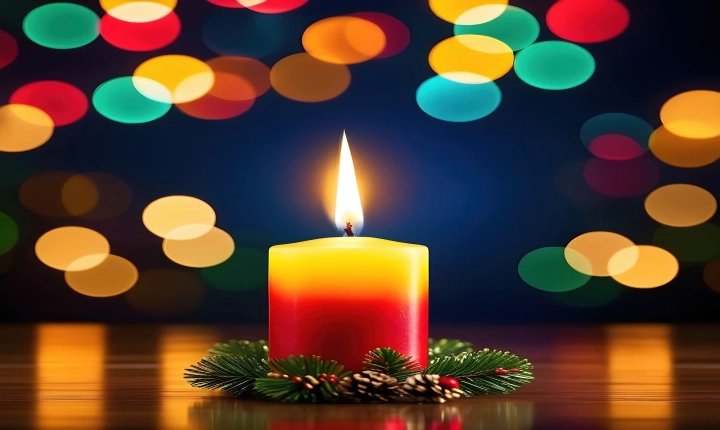Artificial intelligence (AI) has revolutionized many aspects of modern life, from driving cars to analyzing medical images. But one area where its impact is controversial is in the creation of art.
The question of whether AI art is cheating is a complex and contentious issue. On one hand, AI algorithms have the ability to generate visual and poetic content that can rival the work of human artists. These algorithms are trained on vast amounts of existing artwork and literature, allowing them to mimic and even innovate on established styles and techniques. The result is often stunning and thought-provoking, blurring the lines between human and machine creativity.
However, opponents of AI art argue that the essence of art lies in the human experience, emotions, and intentions embedded in the creative process. They argue that AI lacks the depth of human emotions and experiences, and therefore cannot produce genuine art. From this perspective, AI art is seen as a shortcut, a way to produce visually appealing work without the struggle, soul-searching, and personal investment that often define human artistry.
Another argument against AI art is that it devalues the efforts of human artists who spend years honing their skills and developing their unique creative voice. It is seen as unfair that a machine, which lacks the lived experiences and emotions that inspire human artists, can generate work that is celebrated and prized in the art world.
Proponents of AI art, on the other hand, emphasize the potential for collaboration between humans and machines to push artistic boundaries and bring new perspectives to the creative process. They point out that the use of AI in art is a tool, similar to the use of paintbrushes, cameras, or musical instruments. They argue that just as the introduction of new tools and technologies has always influenced artistic expression, AI is simply the latest evolution in the artistic toolkit.
Additionally, supporters of AI art believe that by challenging traditional notions of creativity and authorship, AI can encourage us to rethink the nature of art and expand the boundaries of what is considered artistic. They argue that AI-generated art offers a fresh lens through which to explore novel ideas and aesthetic experiences that may not be possible through human creativity alone.
At its core, the issue of whether AI art is cheating raises important questions about the nature of creativity, the role of technology in artistic expression, and the evolving relationship between human and machine intelligence. While there may not be a definitive answer, the debate serves as a catalyst for critical reflection on the ever-changing landscape of art and the impact of technology on creativity. As AI continues to advance, the conversation surrounding AI art will undoubtedly remain a topic of interest and contention within the art world and beyond.
